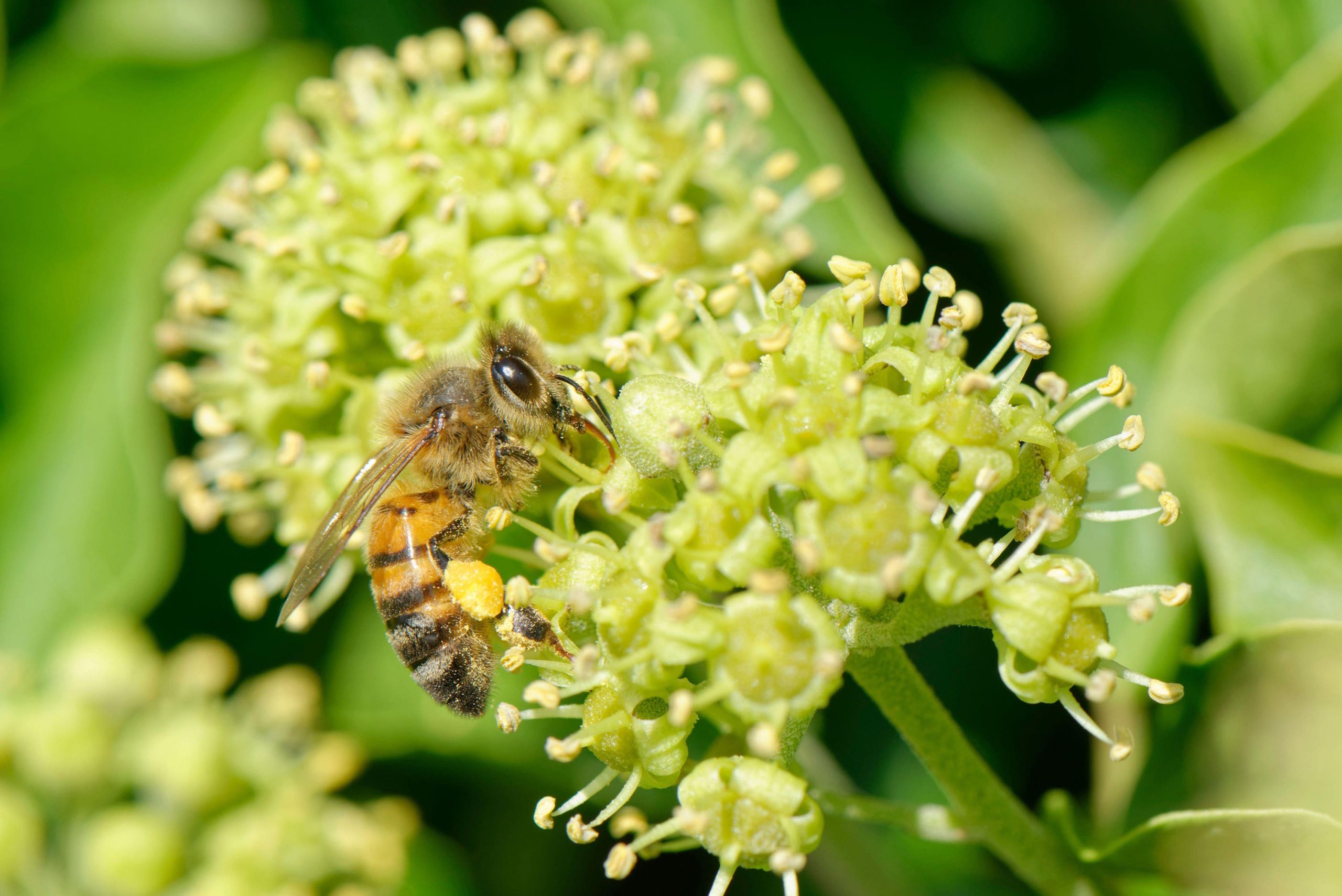How to keep bees happy in autumn
Expert Jimmy Doherty on how gardeners can help bees survive the cooler months
If you’ve spotted bees in your garden during sunny days in autumn, safe to say they are still foraging for nectar to see them through winter.
“My hive is still active,” says farmer and TV presenter Jimmy Doherty, conservation expert for Rowse Honey. “While there is sun and flowers, there are bees around.”
As part of Rowse’s Hives For Lives initiatives (rowsehoney.co.uk/hives-for-lives) to protect bees, Doherty is supporting the brand’s partnership with Blenheim Estate – a five-year conservation project which will see more than 50 acres of wildflower seeds sown throughout the estate and 124 miles of hedgerows to replenish nectar sources and create new habitats for pollinators.
So, how can gardeners do their bit to help bees this season?
View this post on Instagram
“It’s not just our domestic bees but our wild bee populations and all our pollinators we need to look out for,” says Doherty.
Only the young queens of bumblebees live over the winter (old bumblebee colonies die while the newly-mated queen hibernates). Honeybees need to collect enough nectar to feed and maintain the colony throughout the winter, he explains.
“As it gets colder, honeybees won’t be going out to forage and they rely on stored food they have collected over the season. With bumblebees, the young queens will hibernate, the workers will die off but they still need to collect food [first], so that the queen has enough energy to get through winter.
“The most important thing for bees is the continuation of food throughout the year. We always think of spring flowers and summer flowers, but what we can do as we come into autumn is also important. There are still lots of insects flying around and they all need our help,” he adds.
View this post on Instagram
“Flowers in your garden are like a pitstop, and if there’s a huge distance from one flower and the next that has a detrimental effect, which is why gardens are so important for foraging bees and pollinators.”
Doherty offers the following tips to help bees as autumn progresses…
Plant ivy

Ivy flowers are an important food source for bees
“Ivy is so important. I was walking down the lane the other day and the ivy was in full bloom, buzzing with bees and hoverflies and also wasps. Ivy is a great giver at this time of year and the honey produced from that nectar of ivy is dark and rich.”
Choose long-flowering species
“Think about things like verbena, asters, dahlias and sedums, as well as honeysuckle. You find it naturally in the UK growing in woodlands and hedgerows but there are many varieties you can buy in the garden centre.”
Select open flowered varieties
“When you are choosing varieties which are beneficial to insects, open flowered types are a must so that the nectar can be easily accessed. Often, flower breeders will breed for beauty, not for nectar, so you get these amazing, beautiful flowers with lots of petals folded on to themselves, but the bee can’t get to the nectar because there are so many petals to get through.
View this post on Instagram
“Ornate, convoluted roses aren’t that valuable to pollinating insects, whereas things like buddleia or verbena, where all the florets are very apparent, add a lot of value. The more we change our native flora to appease our aesthetic standards, the more we lose that foraging ability for our insects.
“If you have enough space, create areas of wildflowers and hedgerows. Early spring-flowering plants such as hawthorn are also very important for bees and other insects.”
Create hibernating areas

Give them areas for hibernating
“Having hibernating areas is important. Honeybees don’t need that much attention because they are often looked after by a beekeeper, or will have their food sources if they are wild. But hibernating insects like rough areas, such as tall grasses and log piles. Don’t be tempted to clean out your shed in the winter, because butterflies hibernate there.”
Avoid pesticides
“Try not to use any pesticides because that can have a lethal effect – it may kill them instantly – or a sub lethal effect, where you may spray a plant which the bee feeds from, which can make it become disorientated. It may not be able to find its way back to the hive or forage properly.
“There are lots of natural alternatives you can use, which may be biological, or it may just be soapy water. But try not to use insecticides willy-nilly because it really does have a detrimental effect.”
The Press Association
Latest posts by The Press Association (see all)
- Best places to see bluebells this spring - April 11, 2025
- 6 foods that are great for your heart health - April 8, 2025
- Award-winning actors to star in Second World War film released for VE Day - April 8, 2025
- King Charles and Queen Camilla release official 20th wedding anniversary photographs - April 7, 2025
- The 5 ways drinking alcohol can affect your body - April 7, 2025




















